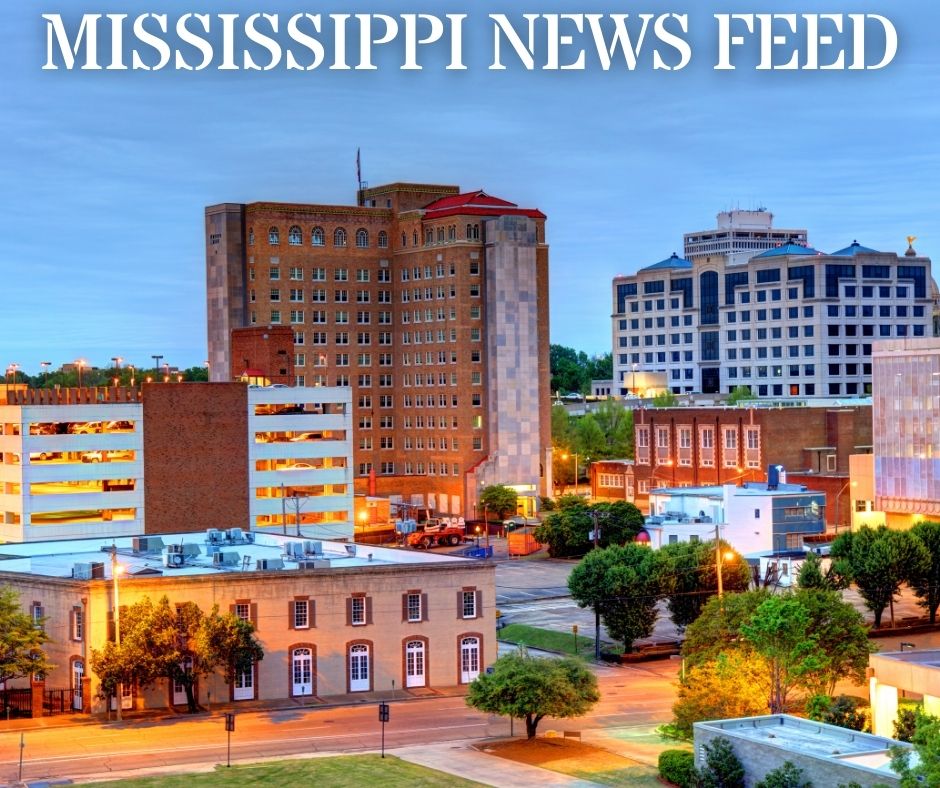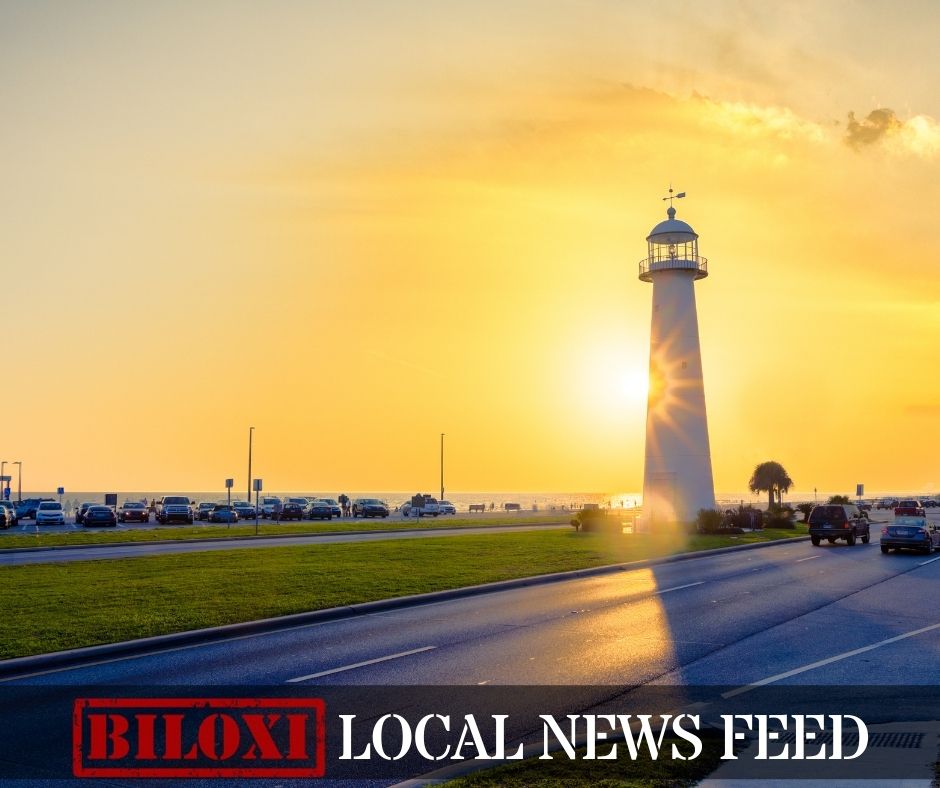News from the South - Kentucky News Feed
Immigration buoyed population in large counties, agricultural Midwest
Immigration buoyed population in large counties, agricultural Midwest
by Tim Henderson, Kentucky Lantern
March 17, 2025
Immigration was the biggest factor in population growth for many booming Sun Belt counties as well as for the agricultural Midwest, according to a Stateline analysis of new U.S. Census Bureau county estimates.
The analysis shows the significant impact immigration had between mid-2020 and mid-2024 in fast-growing states such as Arizona, Florida and Texas, as well as how it boosted growth or minimized population loss across the country.
The surge of newcomers to the United States was the primary driver in population changes for 38% of counties nationwide and for most counties in states across a large swath of the Midwest: Illinois, Iowa, Kansas, Nebraska and North Dakota. Immigration also was the largest growth factor in most counties in Louisiana and Massachusetts.
In Iowa, immigration more than doubled population growth in the two counties that surround the state capital of Des Moines and Iowa City. Local advocates are planning to bolster services for new arrivals.
The census estimates, released last week, are the first at the county level to use a new method that tries to count asylum-seekers and other immigrants based on government data on green cards, visas, international students, refugee admissions and border releases.
Eric Jensen, a senior research scientist for the Census Bureau, said the new immigration estimates will be tweaked next year to better account for where asylum-seekers and refugees may have eventually settled.
In Texas, where Houston’s Harris County saw the nation’s largest population growth, the immigration of more than 260,000 people accounted for the bulk of the roughly 278,000-person increase. The rest came largely from births.
The new numbers have helped clarify how much of the state’s growth has come from immigration, said Texas state Demographer Lloyd Potter.
“We’ve been saying for a while now, where are all these people coming over the border? They’re not showing up in census data,” Potter said.
Florida’s Miami-Dade County, home of Miami, had the state’s largest population growth since 2020. But the county would have shrunk without the immigration of almost 321,000 people to offset more than 205,000 people who moved away.
Florida has complained for many years that new immigration was not reflected accurately enough in population estimates, said Richard Doty, a research demographer for the state’s Bureau of Economic and Business Research at the University of Florida.
“From a Florida perspective, the big news is the dramatic increase in their population estimates driven entirely by the Census Bureau’s revised estimates of [immigration],” Doty said. The change increased Florida and U S. population estimates not just for the current year but also for all years since 2020, he said.
Immigration was the largest factor for five of the nation’s top 10 growth counties, which included Arizona’s Maricopa County, home of Phoenix; Nevada’s Clark County, home of Las Vegas; and Florida’s Hillsborough County, where Tampa is located.
Newcomers from around the country were the biggest factor in the other top 10 counties, including Collin, Denton, Fort Bend and Montgomery counties in Texas, as well as Florida’s Polk County, south of Orlando.
Those Texas counties are fast-growing exurbs of Dallas, Fort Worth and Houston with a lot of new housing developments, Potter said.
“That creates its own kind of issues. People are moving in, bringing a couple of cars, and they’re going to need retail and a whole range of infrastructure and transportation,” Potter said.
Nationwide, 278 counties in 42 states and the District of Columbia would have shrunk in population were it not for immigration.
They include: Florida’s Orange and Broward counties along with Miami-Dade; Washington state’s King County, where Seattle is located; Dallas County in Texas; Middlesex County in Massachusetts, near Boston; Ohio’s Franklin County, which includes Columbus; Salt Lake County in Utah; Middlesex County, New Jersey; and Sacramento County, California.
Immigration also helped stem population losses in many counties that ended up shrinking anyway: Los Angeles County in California lost more than 260,000 people since 2020, but the losses would have been much larger without about 257,000 new immigrants.
Louisiana’s Jefferson Parish, in the New Orleans metro area, lost almost 14,000 people since 2020, but the loss would have been more than double if not for 16,000 new immigrants. Public schools there have been plagued by absences amid fears of immigration raids under the Trump administration’s plans for mass deportation, according to press accounts.
Immigration also minimized population loss in 958 counties in 47 states, including: Chicago’s Cook County, Illinois; four New York City boroughs; Philadelphia County, Pennsylvania; suburban Prince George’s County in Maryland; Detroit’s Wayne County, Michigan.
Polk County, Iowa, which includes Des Moines, saw most of its growth of almost 24,000 people from new immigration. The county plans a welcoming center for immigrants in Des Moines, called Global Neighbors, but the county also has been roiled by mostly false rumors of immigration raids.
Mak Sućeska, who will direct operations for the center, is a refugee from Sarajevo in the former Yugoslavia who arrived in the United States in 1993. At an event this week in Iowa City, he described the planned $4 million center as “a space for refugees and immigrants to call home.”
Iowa City in Johnson County, another area where immigration more than doubled population growth since 2020, is also interested in more immigrant services, said Peter Gerlach, executive director of the Iowa City Foreign Relations Council, speaking at the March 12 event.
“It’s really important to learn from each other, from like-minded communities, about how we can support and create welcoming communities,” Gerlach said, especially given “the ways in which our refugees and immigrants are being targeted.
This story is republished from Stateline, a sister publication to the Kentucky Lantern and part of the nonprofit States Newsroom network.
Kentucky Lantern is part of States Newsroom, a nonprofit news network supported by grants and a coalition of donors as a 501c(3) public charity. Kentucky Lantern maintains editorial independence. Contact Editor Jamie Lucke for questions: info@kentuckylantern.com.
The post Immigration buoyed population in large counties, agricultural Midwest appeared first on kentuckylantern.com
News from the South - Kentucky News Feed
Inside look: Kentucky Army National Guard operations exercise
SUMMARY: The Kentucky Army National Guard conducted a weekend training exercise in Louisville to sharpen skills for responding to natural disasters like floods and tornadoes. The exercise included helicopter simulations to ensure smooth protocol and effective communication during emergencies. Battalion S-3 Operations Officer Jacob Conner emphasized the importance of realistic, progressive training with instructor pilots to prepare members for real-world scenarios. This rigorous preparation aims to build proficiency, teamwork, and confidence, ensuring the Guard can effectively support communities throughout Kentucky during crises. The training highlights the Guard’s commitment to readiness and service to the commonwealth.
Inside look: Kentucky Army National Guard operations exercise
WLKY is your home for Kentucky breaking news and weather. For your latest Kentucky news and weather visit: https://www.wlky.com/
For licensing inquiries: https://www.wlky.com/licensing
News from the South - Kentucky News Feed
Few showers possible Saturday night into Sunday
SUMMARY: Meteorologist Eric Zernich reports mostly dry, pleasant fall weather with clear skies and temperatures dipping into the 50s and 60s overnight. Most of the weekend stays dry, though a weak upper-level disturbance may bring a slight chance of showers late Saturday into Sunday morning, mainly in southern Indiana, but rain will likely fizzle due to dry conditions. Sunday will be warmer, reaching near 90°F, continuing into next week with summer-like heat in the 90s. Events like Bourbon and Beyond and the Gaslight Festival will enjoy mostly sunny skies, but attendees should stay hydrated as warm temperatures persist.
WLKY meteorologist Eric Zernich’s Friday night forecast
WLKY is your home for Kentucky breaking news and weather. For your latest Kentucky news and weather visit: https://www.wlky.com/
For licensing inquiries: https://www.wlky.com/licensing
News from the South - Kentucky News Feed
Trump says he’ll send National Guard to Memphis, escalating his use of troops in US cities
SUMMARY: President Donald Trump announced plans to deploy the National Guard to Memphis, Tennessee, to address crime concerns, claiming local officials support the move. Tennessee Governor Bill Lee welcomed the plan, while Memphis Mayor Paul Young opposed it, emphasizing community-focused solutions like rehabilitation and job support over military presence. Despite overall crime reductions and ongoing FBI operations, persistent gun violence and high-profile killings fuel concerns. Legal experts warn deploying troops for policing risks civil rights violations. Trump’s broader strategy involves sending troops to other Democratic-led cities, sparking political and legal debates over the use of military forces in domestic law enforcement.
The post Trump says he’ll send National Guard to Memphis, escalating his use of troops in US cities appeared first on www.wnky.com
-
Our Mississippi Home7 days ago
Screech Owls – Small but Cute
-
Local News7 days ago
New findings by NASA Mars rover provide strongest hints yet of potential signs of ancient life
-
The Center Square6 days ago
What are data centers and why do they matter? | National
-
Our Mississippi Home6 days ago
Rolling Through History: The Comfort and Culture of Dumplings
-
Local News6 days ago
Steven Spielberg celebrates ‘awesome’ 50th anniversary ‘Jaws’ exhibition at Academy Museum
-
Local News5 days ago
DNA evidence found near scene of Charlie Kirk’s shooting matches suspect, FBI director says
-
News from the South - Florida News Feed5 days ago
Orlando restaurant owner invites artists to parking lot amid federal fight against street art
-
Mississippi News Video6 days ago
Summer like temperatures continue
















































